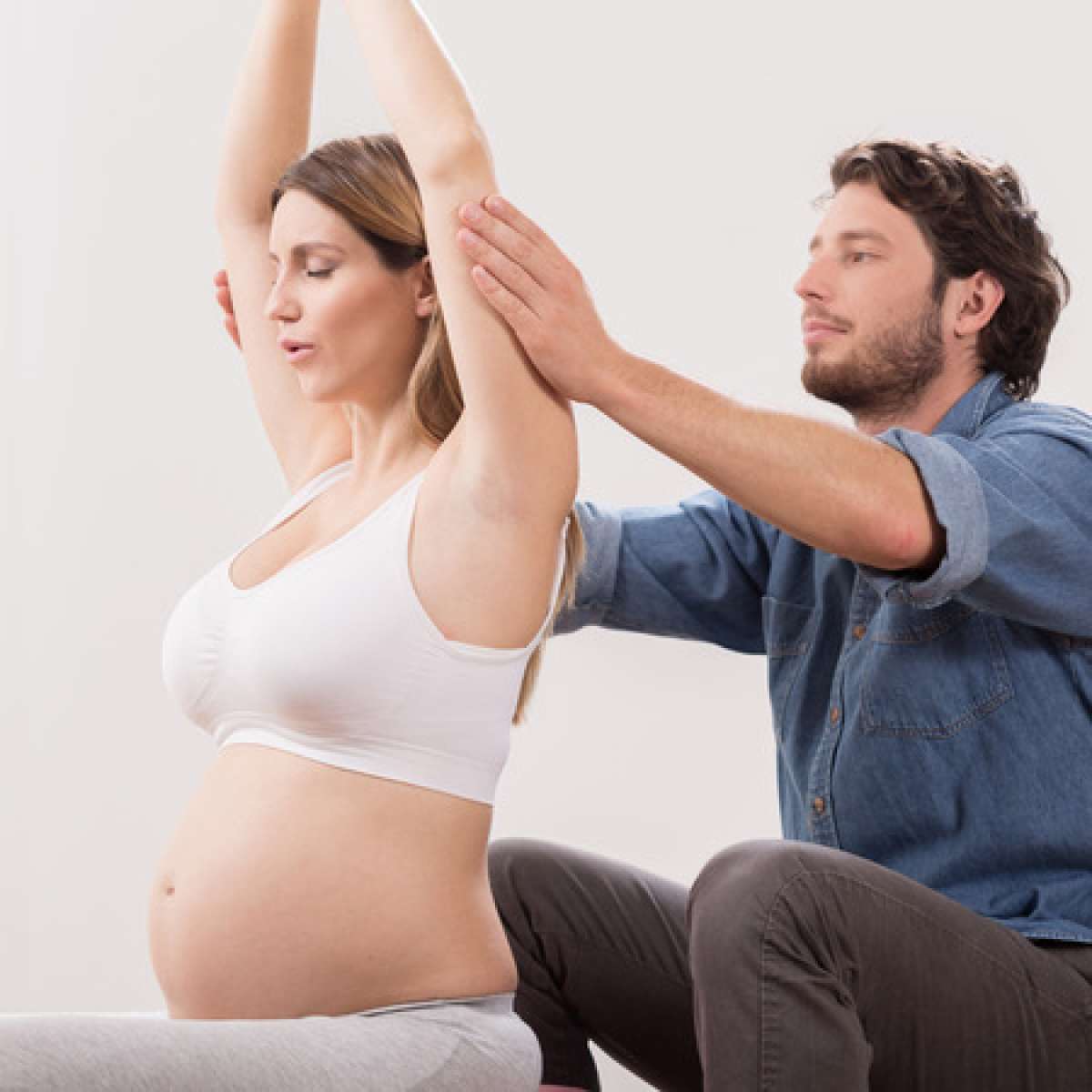Who's Who in Birth Ideologies

In the mid-20th century, labor and childbirth in the West became highly medicalized. In reaction, several childbirth philosophies emerged that focused on empowering women and viewed childbirth as a natural rather than a medical experience. Many of these approaches are now integral to the way childbirth is managed today.
Dr. Grantley Dick-Read, an American obstetrician, linked labor pain to fear when he was working during the 1950s. He promoted breathing and relaxation to help cope with pain, and his methods are now commonplace.
Dr. Ferdinand Lamaze was inspired by the Russian scientist Dr. Pavlov, who trained dogs to have a set response to stimulus. In the 1950s, Lamaze extended this idea to childbirth, believing that women could be trained to respond positively to labor pain.
Sheila Kitzinger, a well-known birth practitioner who became prominent in the 1960s, believes in a woman's right to choose how to give birth.
Frederick Leboyer, a French obstetrician, came to prominence in the 1970s with his book Birth without Violence. Focusing on the baby, he believed a traumatic birth could impact negatively later in life. He promoted "gentle birthing" where the baby has skin-to-skin contact and is immersed in warm water.
Michael Odent, a birth practitioner, advocates active birthing, believing women act on instincts in labor. His birthing center in Pithiviers, France has the lowest national rates of intervention.
Janet Balaskas founded the Active Birth Movement in 1981. At her Active Birth Centre in London, she teaches relaxation, breathing, and yoga.